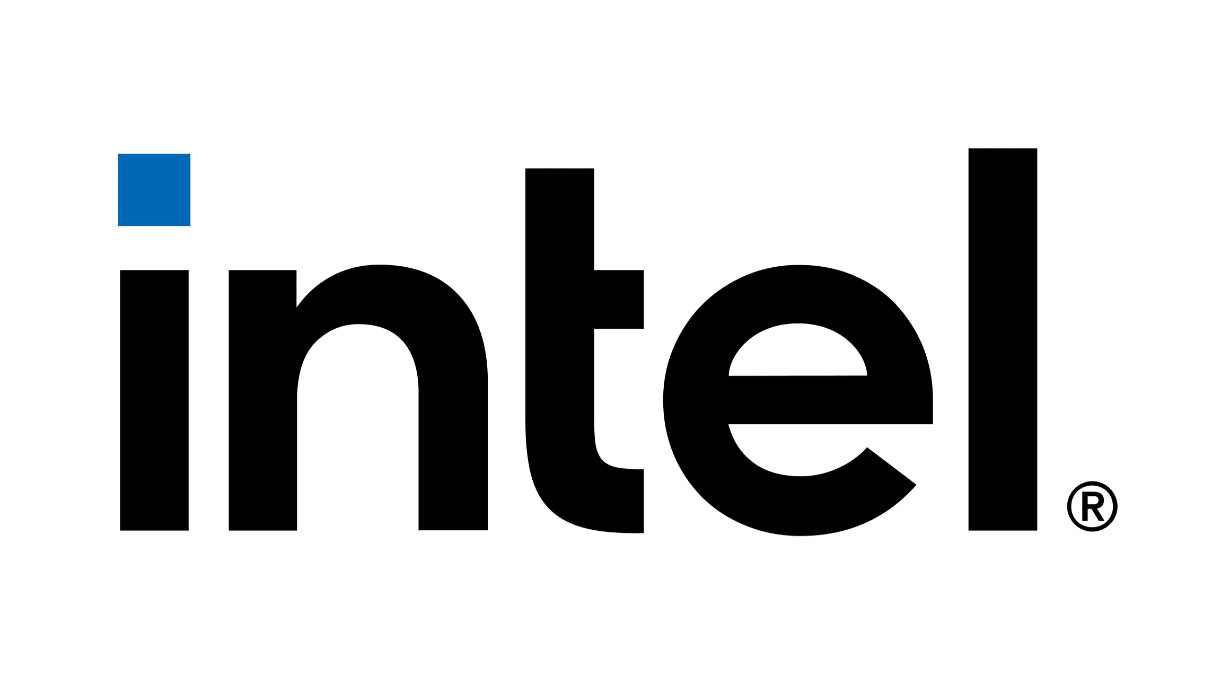Intel Strives for 100% Renewable Energy by 2030

The goal of Intel is pretty straightforward—to “improve the lives of every person on earth with our technology.”
So how does the company measure up to that bold statement? In addition to implementing its 2030 RISE sustainability goals, the company has already been performing well in the areas of environmental management, climate and energy, product energy efficiency, water stewardship, waste and circular economy solutions, sustainable manufacturing and chemistry initiatives, and by achieving carbon neutral computing.
“We aspire to be a global leader in sustainability and enable our customers and others to reduce their environmental impact through our actions and technology,” Intel stated in its 2020-21 Corporate Responsibility Report. “Our long-standing commitment to environmental leadership helps us achieve efficiency, reduce costs and respond to the needs of our customers and community stakeholders.”
The company said its corporate responsibility commitment creates value for its stakeholders by helping “mitigate risks, reduce costs, build brand value and identify new market opportunities to apply our technology to help address society’s most complex issues.”
Environmental achievements
“We invest in environmental projects and set companywide environmental targets, seeking to drive reductions in greenhouse-gas [GHG] emissions, energy use, water use and waste generation,” the company stated in the report.
Intel conserved 7.1 billion gallons of water internally and invested in water restoration projects that restored more than 1.3 billion gallons during 2020.
Intel also sent about 5% of its total waste to the landfill in 2020, and the company continues to work toward its goal of zero total waste to landfill by 2030, according to the report. At year-end 2020, circular economy practices were applied to 63% of the company’s manufacturing waste streams via reuse, recovery or recycling.
In addition, the company plans to drive a 10% reduction in its absolute Scope 1 and 2 GHG emissions from 2020 to 2030.
“Through the end of 2020, Intel maintained Scope 1 and 2 emissions roughly flat to the 2019 baseline, even with significant manufacturing growth,” the company stated in the report.
Manufacturing and technology initiatives
“Unlike many companies in the electronics industry that outsource their production, we manufacture the majority of our products in our own water fabrication facilities,” the company stated in the report. “As a result, Intel’s direct environmental footprint is more significant than those of our ‘fab-less’ competitors, whose manufacturing footprints sit in their supply chains. This business model also gives us a unique advantage when it comes to integrating sustainable practices, as we have direct control over manufacturing processes.”
As part of its 2030 sustainability goals, Intel aims to reduce emissions for the semiconductor manufacturing industry and increase the use of technology to lower climate impact in global manufacturing.
In addition, the company plans to “enable greener and circular chemistry strategies across the technology industry value chain by transforming chemical footprint methodology.”
Industry collaboration is key. Intel works with customers, stakeholders and other companies on technology advancements to reduce the climate impact across the global economy.
Green power
Intel increased its renewable energy supply and purchases in 2020 from 71% to 82% globally, including 100% in the U.S., Europe, Israel and Malaysia, according to the report.
Intel has purchased more than 26 billion kWh of green power over the last five to six years. The company invested in projects that enabled it to conserve approximately 161 million kWh of energy in 2020 alone.
Intel aims to achieve 100% renewable energy use across its global manufacturing operations by 2030. Working toward this goal, in 2020 Intel became a member of RE100, a global coalition of businesses committed to 100% renewable electricity use.
“We also set a new aspirational global challenge to work with our customers and other stakeholders to achieve carbon neutral computing by 2030,” the company stated.
Measuring up
So how does Intel compare to others in the industry? Intel says it regularly benchmarks its environmental performance with semiconductor and other large companies. The company also participates in a range of organizations, policy forums and coalitions.
“To build a supportive policy environment for private sector leadership on climate change, Intel participates in organizations such as the Center for Climate and Energy Solutions, the American Council for an Energy-Efficient Economy and the Alliance to Save Energy,” the company stated in the report. “We also engage with our suppliers on sustainability issues to help them reduce their climate and water impacts, reduce waste and identify circular solutions, advance green chemistry and footprinting practices, and identify collaboration opportunities.”


Leave a Reply